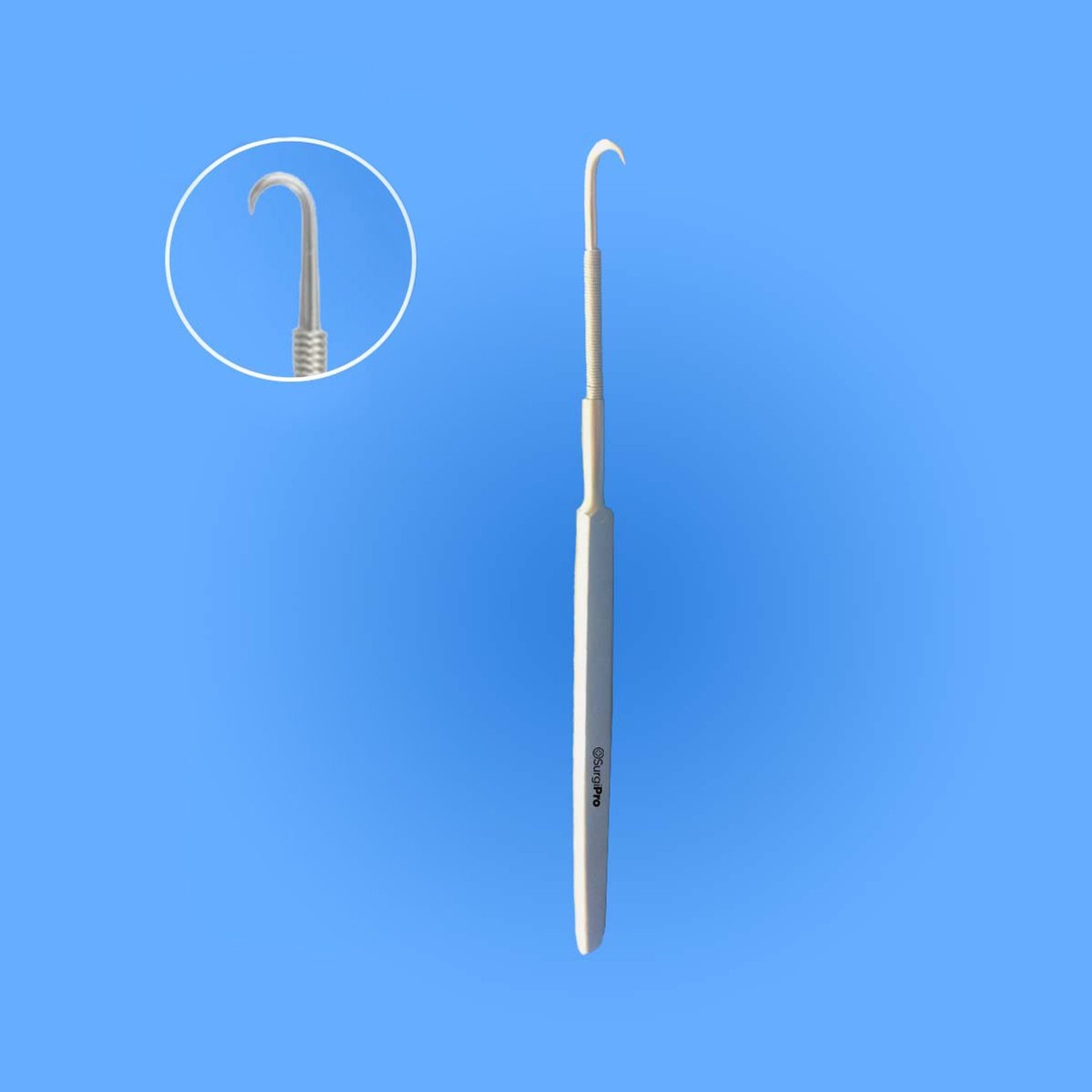Tracheal instruments encompass a diverse array of tools designed to facilitate procedures involving the trachea, the windpipe responsible for air passage to and from the lungs. These instruments include tracheal dilators, tracheal hooks, tracheal forceps, and tracheal tubes, among others. They are crafted with precision to ensure optimal performance and safety during surgeries, making them indispensable assets in the medical field.
Cleaning and Sterilization
Cleaning tracheal instruments is the first step in their maintenance regimen. Using a mild detergent solution and a soft brush, remove any visible debris or organic matter from the instruments. Pay particular attention to crevices and joints where contaminants may accumulate. Rinse the instruments thoroughly with clean water to ensure all detergent residues are removed.
After cleaning, tracheal instruments must undergo sterilization to eliminate any remaining microorganisms and ensure their safe use in surgical procedures. Autoclaving is the most commonly employed method for sterilizing surgical instruments, including tracheal instruments. Ensure that instruments are properly packaged before autoclaving to prevent contamination post-sterilization.
Storage Guidelines
Proper storage is essential to maintain the integrity of tracheal instruments between uses. After sterilization, ensure that the instruments are completely dry before storage to prevent corrosion or microbial growth. Store the instruments in a clean, dry environment away from direct sunlight and moisture. Utilize designated trays or containers to organize the instruments systematically, minimizing the risk of damage or misplacement.
Routine Inspection and Maintenance
Regular inspection of tracheal instruments is crucial for identifying any signs of damage or wear. Inspect the instruments before and after each use, paying close attention to the integrity of hinges, joints, and cutting edges. Any instruments showing signs of corrosion, dullness, or structural compromise should be promptly removed from circulation and either repaired or replaced.
Handling and Usage Guidelines
Proper handling and usage are paramount to preserving the functionality and longevity of tracheal instruments. Handle the instruments with care, avoiding unnecessary force or rough treatment that could lead to damage. Follow manufacturer guidelines for specific instruments, including recommended techniques for manipulation and usage.
FAQ
1. How often should tracheal instruments be sterilized?
Tracheal instruments should be sterilized after each use to ensure patient safety and compliance with infection control protocols. Even if an instrument appears visibly clean, sterilization is imperative to eliminate any potential pathogens.
2. Can tracheal instruments be reprocessed if damaged?
Instruments showing signs of damage or wear should be evaluated by a qualified technician or manufacturer representative. Depending on the extent of damage, some instruments may be repairable, while others may need to be replaced to maintain optimal performance and safety.
3. Are there specific cleaning solutions recommended for tracheal instruments?
Mild detergent solutions formulated for surgical instrument cleaning are generally recommended for cleaning tracheal instruments. Avoid harsh chemicals or abrasive cleaners that could damage the instruments' surfaces.
Conclusion
The proper maintenance and care of tracheal instruments are essential aspects of ensuring their longevity and efficacy in medical procedures. By adhering to established best practices, including thorough cleaning, sterilization, routine inspection, and proper handling, healthcare facilities can optimize the performance and safety of these critical instruments. Collaborating with best surgical instruments manufacturers can also provide access to high-quality instruments designed for durability and precision, further enhancing patient outcomes and surgical experiences.


No comments yet